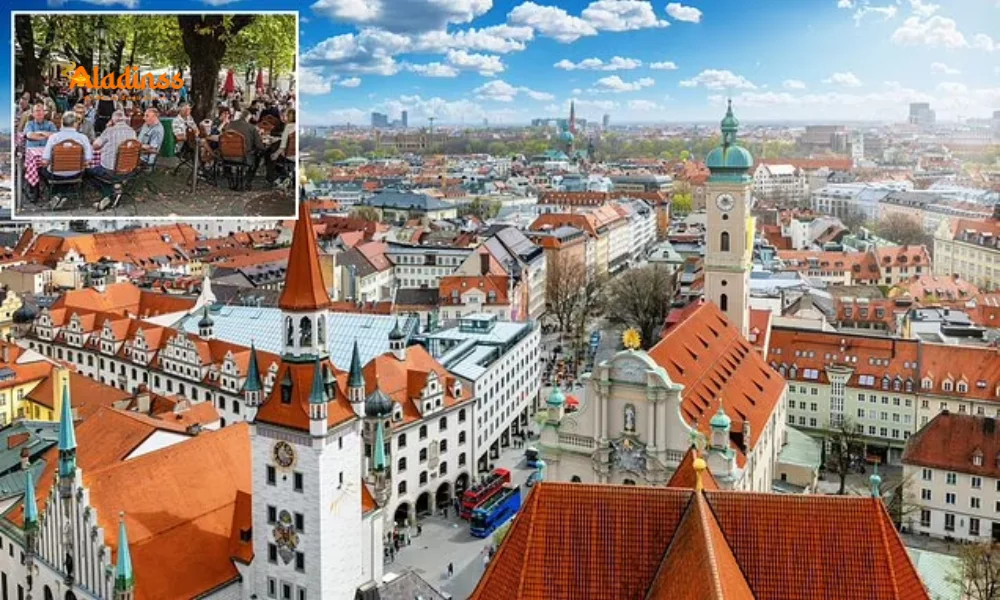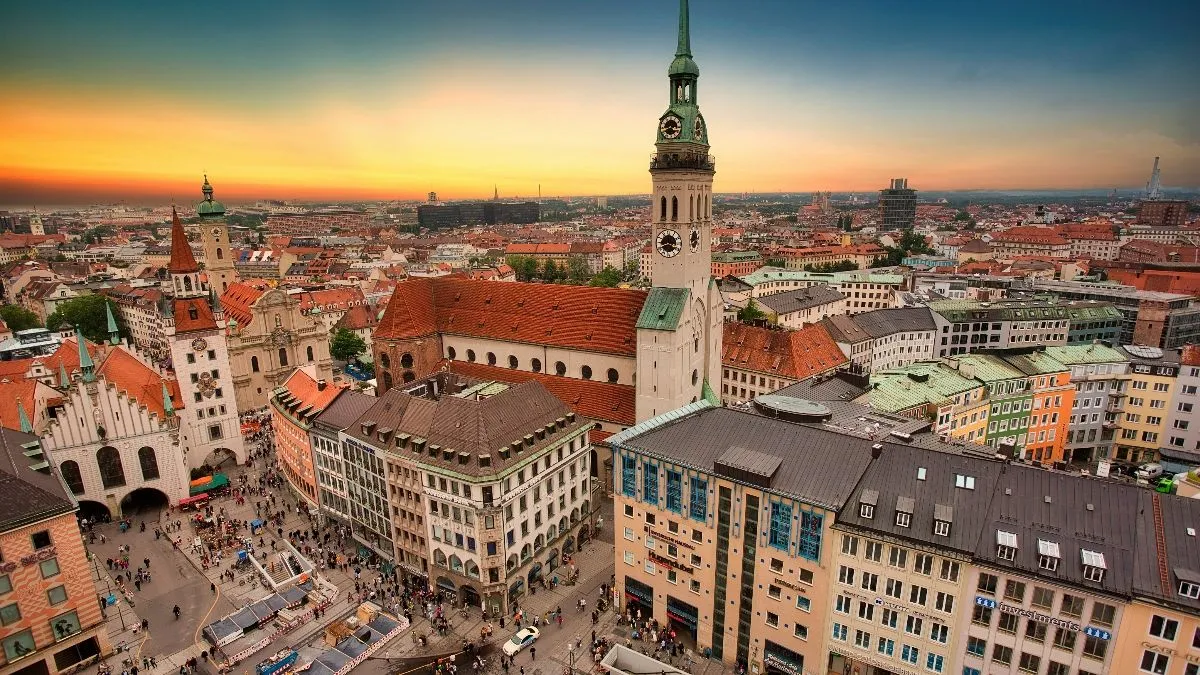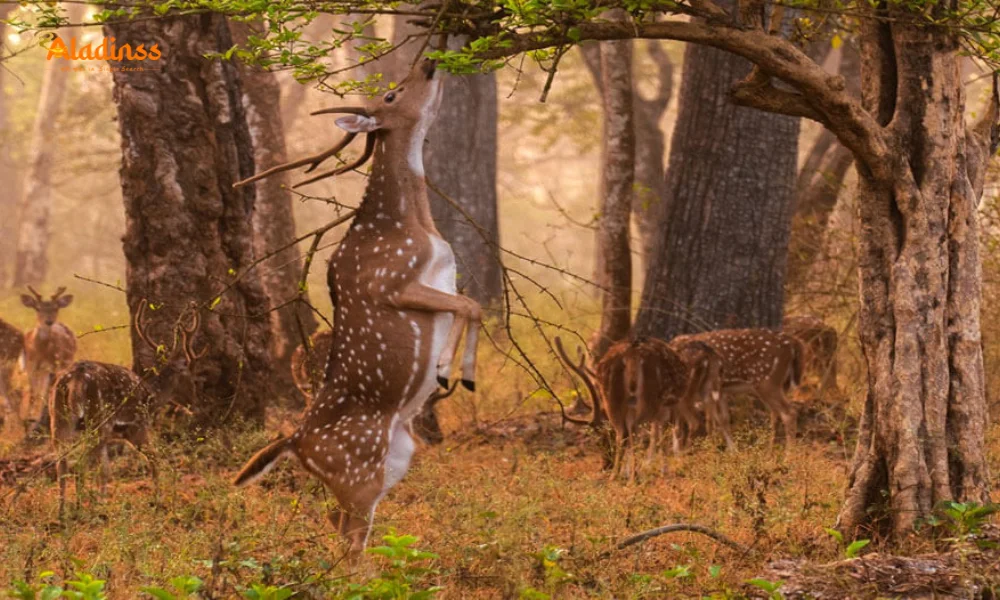5 Unique Europe Facts 2025

5 Surprising Europe Facts: Hidden Gems Beyond the Tourist Trail
Europe, the world's second-smallest continent, packs a punch with 44 nations and over 400 UNESCO World Heritage Sites, offering endless discoveries in just a month's journey. From walkable medieval streets to royal bloodlines intertwined across borders, its diversity captivates. As of October 9, 2025, with sustainable travel on the rise, these Europe facts reveal lesser-known treasures like Bulgaria's pristine coasts and Latvia's art nouveau havens. Dive into five unique insights that showcase Europe's vast cultural tapestry, perfect for planning your next adventure with GT Holidays' affordable packages.

Spanning from Portugal's Atlantic shores to Russia's Ural edges, Europe blends ancient history with modern vibrancy, where lifestyles shift dramatically over mere hundreds of kilometers. Whether exploring Italy's 58 UNESCO gems or Denmark's fairy-tale castles, the continent invites immersive experiences. These facts not only intrigue but inspire itineraries that uncover offbeat spots like Hungary's thermal spas or Montenegro's fjord-like bays, all accessible via eco-friendly rail networks gaining traction in 2025.
Europe's Immense Diversity: More Than Iconic Capitals
Europe's cultural mosaic extends far beyond Paris, London, or Zurich, with traditions, cuisines, and landscapes varying wildly. Bulgaria, Europe's cradle of civilizations dating back millennia, boasts Black Sea beaches rivaling the Côte d'Azur-think golden sands at Sunny Beach minus the crowds, at half the cost. For winter thrills, Bansko's ski slopes offer powdery runs and cozy chalets for a fraction of St. Moritz's prices, drawing eco-tourists in 2025.
Latvia's Riga enchants with Europe's finest art nouveau district, where pastel facades and whimsical sculptures line boulevards, a UNESCO highlight often overlooked. The Czech Republic's quaint towns like Český Krumlov transport visitors to fairy-tale realms with cobblestone lanes and Renaissance castles. Hungary's Budapest mesmerizes with its thermal baths-Szechenyi's outdoor pools provide healing soaks amid neo-Baroque splendor. Croatia's Dalmatian coast, Romania's Transylvanian castles, Montenegro's Kotor Bay, and Malta's azure harbors deliver postcard perfection affordably, with GT Holidays crafting seamless multi-country tours emphasizing sustainable stays.
Also Read: Top 10 House Reefs Maldives
Walkable Wonders: Europe's Pedestrian Paradises
Many European cities prioritize foot traffic, with broad avenues and minimal congestion fostering serendipitous strolls. Florence, Italy's Renaissance jewel, unfolds entirely on foot: begin at the Duomo's marble facade, weave through Piazza della Signoria's statues, past Palazzo Vecchio's frescoed halls, Orsanmichele’s Gothic carvings, Loggia dei Lanzi's sculptures, and Via Tornabuoni's haute couture boutiques-all in a morning's ramble under Tuscan sun.
Riga's compact core spans just 1.5 miles, encompassing art nouveau gems like Alberta Street's ornate doors and the House of Blackheads' medieval spires. Hamburg's historic harbor district, from Speicherstadt's brick warehouses to Elbphilharmonie's glass sails, takes a leisurely 40 minutes. Stockholm's Gamla Stan, with its cobblestoned alleys, Royal Palace's changing guards, Vasa Museum's sunken warship, and Skansen's open-air folklore, fits into 46 minutes of Nordic charm. These walkable havens reduce carbon footprints, aligning with 2025's green travel ethos, and invite deeper immersion into local rhythms-from street musicians to hidden cafes.
UNESCO's European Treasury: A Heritage Hotspot
Boasting over 400 UNESCO World Heritage Sites, Europe punches above its continental weight, preserving humanity's shared legacy. Italy leads with 58, from Amalfi Coast's cliffside villages and lemon groves to Verona's Shakespearean arenas, the Sacri Monti of Piedmont's sacred chapels, and Varallo's Renaissance frescoes-each a testament to artistic evolution.
Germany follows with 51, including Cologne Cathedral's Gothic spires piercing the sky and the Wadden Sea's vast tidal flats, Earth's largest unbroken intertidal system teeming with migratory birds. These sites, inscribed since 1978, span Roman aqueducts in Portugal to Viking routes in Sweden, fostering cultural tourism that generated €200 billion in 2024. In 2025, virtual reality tours expand access, while restoration projects in Eastern Europe highlight underrepresented gems like Albania's Ottoman bridges.
Tourism Titans: Europe's Most Visited Nations
Europe dominates global tourism, welcoming 700 million visitors annually. France reigns with over 50 million, drawn not just to the Louvre's Mona Lisa or Eiffel Tower's twinkling lights, but to Loire Valley chateaus, Chartres Cathedral's stained glass, and Provençal cafes with croissants and espresso. Spain's 40 million explore Barcelona's Gaudí masterpieces, Madrid's Prado treasures, Granada's Alhambra palaces, and Seville's flamenco rhythms, blending Moorish legacy with Mediterranean vibes.
Turkey, bridging continents, captivates 30 million with Istanbul's Hagia Sophia and Blue Mosque, Cappadocia's fairy chimneys, and Ephesus's ancient ruins-evoking the Ottoman splendor. Italy, fifth globally, lures 60 million to Colosseum's gladiatorial echoes, Venice's gondola canals, Florence's Uffizi galleries, and Tuscan vineyards, where Renaissance art meets rustic trattorias. These hotspots, bolstered by high-speed trains, fuel €100 billion in revenue, with 2025 focusing on overtourism solutions like timed entries.
Interconnected Royals: Europe's Blue Blood Ties
Europe's monarchies form a tangled web of kinship, tracing back to King George II of Great Britain (1727-1760), ancestor to nearly all current royals. Queen Victoria, the "Grandmother of Europe," spawned dynasties across Prussia, Romania, Russia, Spain, Denmark, Greece, and Norway through her nine children, cementing alliances via matrimony.
Today, King Charles III and Spain's King Felipe VI share distant cousinage, while the late Queen Elizabeth II and Denmark's Queen Margrethe II were second cousins once removed. This genetic lattice, forged in 19th-century courts, underscores Europe's shared history-from Habsburg empires to Windsor legacies-fascinating historians and tourists touring palaces like Buckingham or Versailles in 2025.
Planning Your European Odyssey: Tips and Packages
These facts ignite wanderlust-cover Europe's breadth via Eurail passes, budgeting €50-100 daily. GT Holidays' packages, from €800 for 10 days, include Central gems like Prague's bridges and Budapest's Danube cruises, emphasizing eco-hotels and local cuisine. Sustainable tips: Use apps like Citymapper for walkable routes, support fair-trade souvenirs, and offset flights with tree-planting initiatives.
- Start in walkable Florence, then train to Riga's art nouveau.
- Combine UNESCO hits: Italy's Amalfi to Germany's Rhine Valley.
- Trace royal roots from London's Tower to Madrid's Royal Palace.
- Budget hacks: Off-peak visits to France's Provence or Spain's Andalusia.
Europe's allure lies in its contrasts-vast yet intimate, historic yet vibrant-promising memories that linger long after the journey ends.
Comment / Reply From
No comments yet. Be the first to comment!







